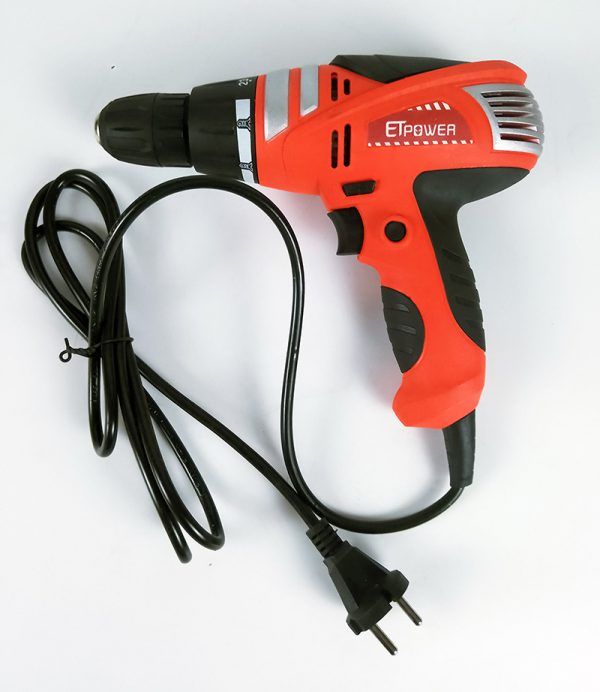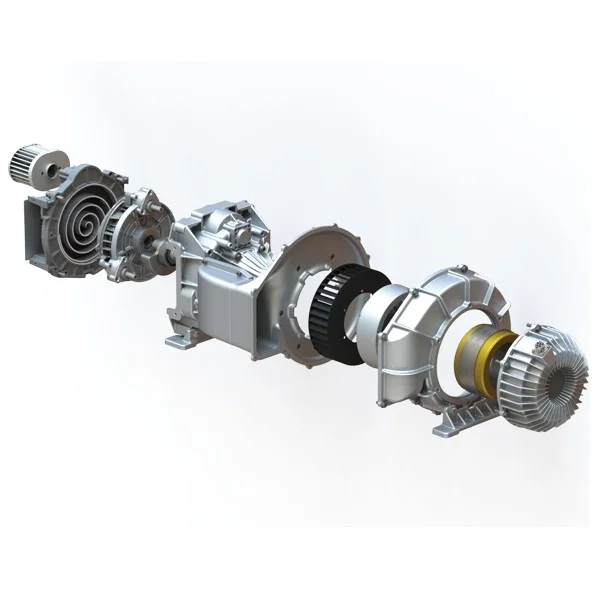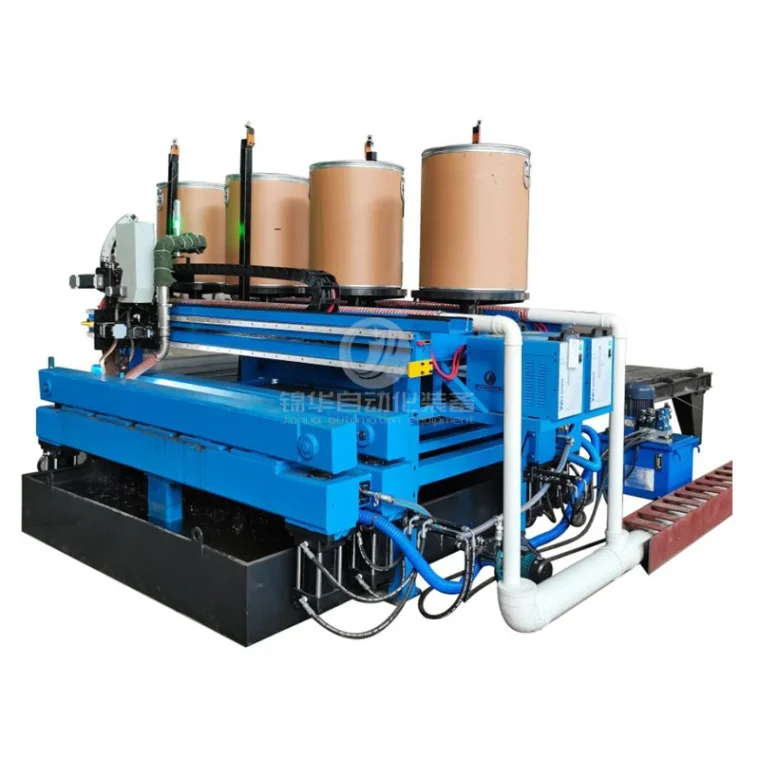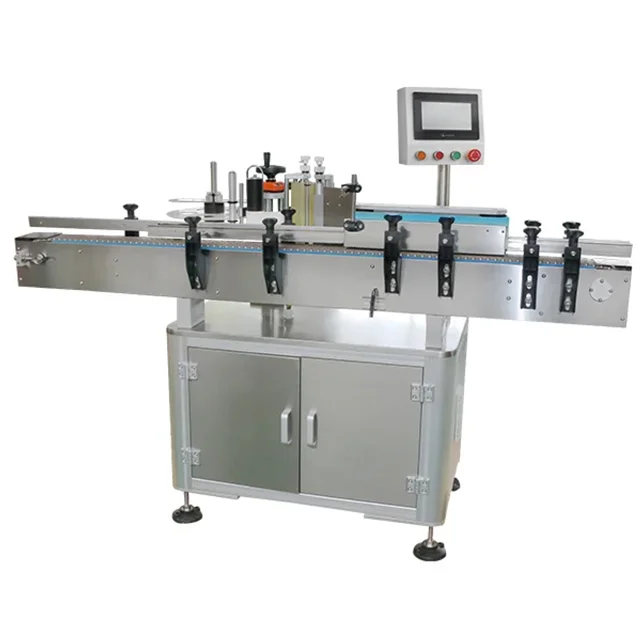Metal Mastery: Unveiling Techniques on How to Drill Through Metal with a Hand Drill

Drilling through metal with a hand drill requires a strategic approach, combining the right tools, techniques, and precautions to achieve precision and efficiency. In this guide, we will explore step-by-step methods to empower craftsmen and DIY enthusiasts in mastering the art of metal drilling with a hand-held tool.
1. Tool Selection: Choosing the Right Bits for the Job
The journey begins with selecting the appropriate drill bits designed specifically for metal. High-speed steel (HSS) or cobalt drill bits are ideal choices due to their hardness and heat resistance. Ensure the selected bit is suitable for the type of metal you are drilling, considering factors like hardness and thickness.
2. Marking and Center Punching: Precision Starts with Accuracy
Accurate markings on the metal surface are crucial for drilling precision holes. Use a center punch to create a small indentation at the center of the desired drilling point. This serves as a guide for the drill bit, preventing it from wandering during the initial stages of drilling.
3. Lubrication for Efficiency: Keeping It Cool and Smooth
Lubrication plays a vital role in metal drilling, acting as a coolant and reducing friction. Apply a cutting fluid or a lubricant specifically designed for metal drilling to the drilling area. This not only helps dissipate heat but also extends the life of the drill bit by reducing wear and tear.
4. Secure Workpiece: Stability is the Key
Stability is paramount when drilling through metal. Secure the metal workpiece firmly using clamps or a vise to prevent movement or vibrations during the drilling process. This enhances precision and ensures that the drill bit stays on course throughout the operation.
5. Slow and Steady: Controlling the Drilling Speed
Unlike drilling through wood, metal requires a slower drilling speed to prevent overheating and maintain cutting efficiency. Begin with a slow speed and gradually increase as the hole deepens. This controlled approach allows the drill bit to effectively cut through the metal without causing excessive heat.
6. Pecking Technique: Managing Heat Buildup
To further manage heat buildup, employ the pecking technique. Instead of drilling continuously, periodically withdraw the drill bit from the hole to clear away metal shavings and cool the bit. This intermittent drilling technique prevents the accumulation of heat and ensures smoother progress through the metal.
7. Backing Material: Minimizing Burrs and Improving Results
Place a sacrificial backing material, such as a piece of wood or plywood, behind the metal workpiece. This minimizes burrs on the exit side of the hole and provides additional support during drilling. The backing material acts as a buffer, resulting in cleaner holes and improved overall drilling outcomes.
8. Deburring and Finishing: Refining the End Result
Once the drilling is complete, inspect the hole for any burrs or rough edges. Use a deburring tool or a metal file to smooth the edges and refine the finish. This step is essential for applications where a clean and polished appearance is crucial.
Conclusion: Elevating Metal Drilling with Precision and Skill
In conclusion, mastering the art of drilling through metal with a hand drill requires a combination of proper tool selection, strategic techniques, and meticulous attention to detail. By following these steps, craftsmen can elevate their metal drilling capabilities, achieving precision and efficiency in a wide range of projects. Whether working on DIY projects or professional metalwork, this guide serves as a valuable resource for those seeking excellence in the art of hand drilling through metal.


